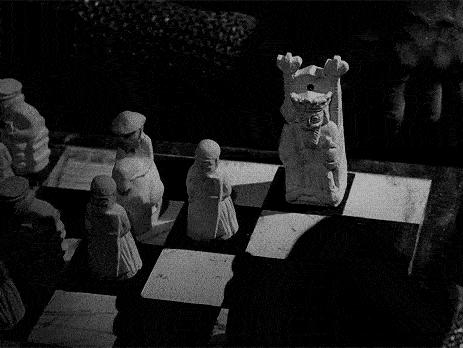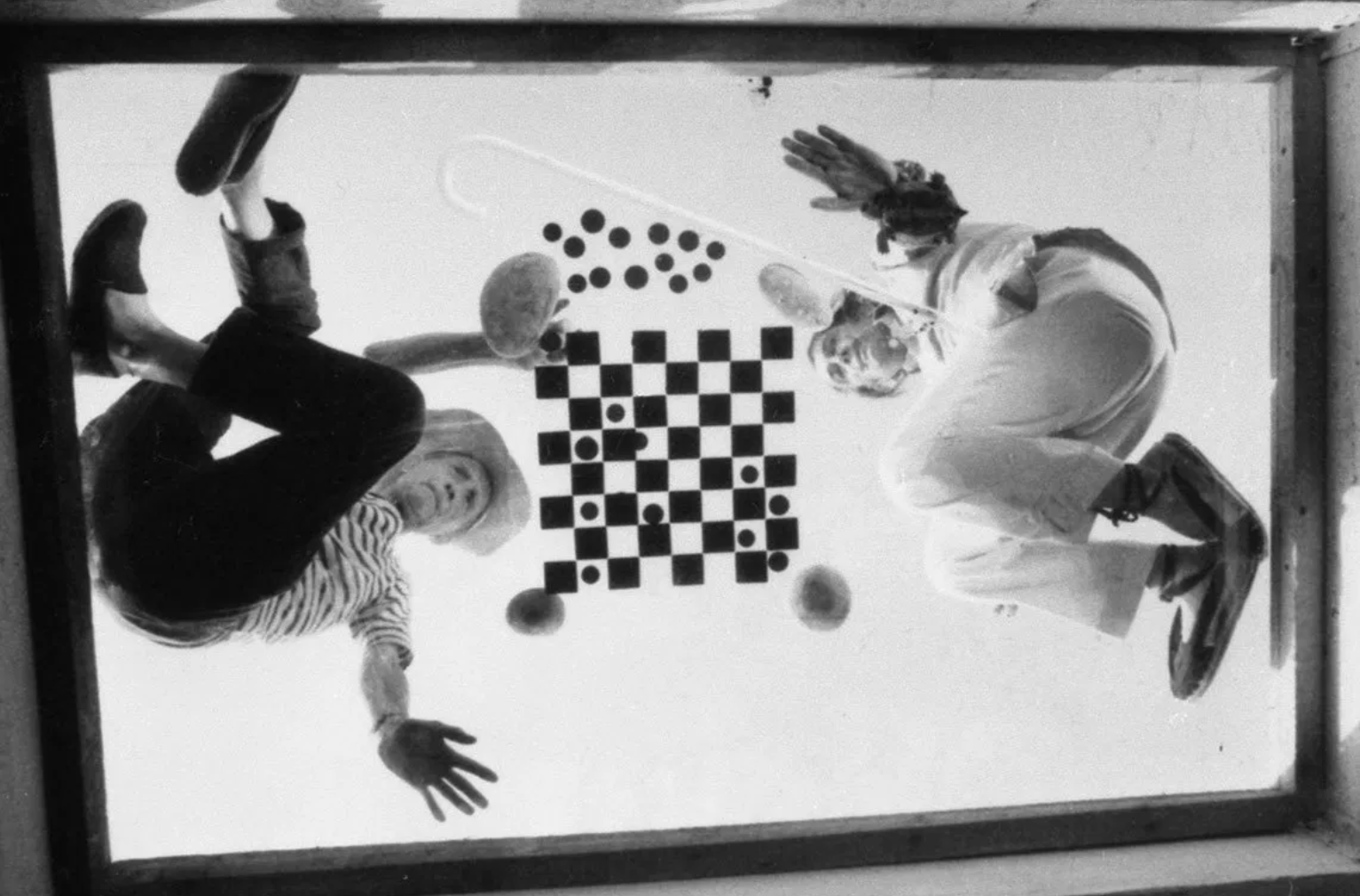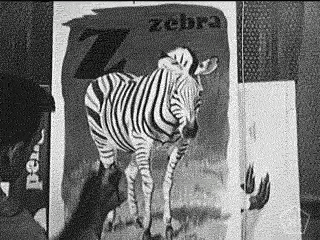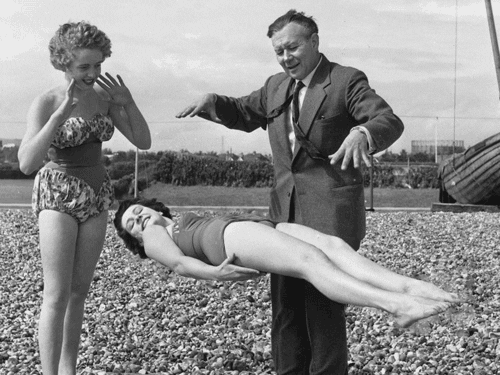
Marketing is like a game of chess.
I usually play the Italian game.
Maybe it's a mark that I'm still a beginner or that I'm a bit of a luddite. But it works for me, so I stick with it.
Maybe you're a chess player too. Maybe not.
The fact that you're reading this probably means you're in the business of marketing something.
Strategy is as important in marketing as it is in chess. And that's what we're talking about today.
“Everything that occurs in the world, in every epoch, has something that corresponds to it in ancient times."NICCOLÒ MACHIAVELLI
In 1796 Napoleon Bonaparte embarked on an impossible mission
The French Army at the time was roughly 37K strong. Bonaparte was to cross the Alps and conquer Italy.
The problem?
They were going up against over 52K defending troops. And the terrain was against their advantage.
Napoleon won those battles.
It wasn’t necessarily because his troops were more skilled or had some inane advantage. Instead, it was because Napoleon thought strategically.
He looked at the battlefield like a chess board and looked for any possible advantage that would give him an edge in each battle.
In this case, it was the individual battles that won the war. 37K vs. 52K could never win. But 1000 vs. 500 could. Napoleon knew he needed to outnumber each defending group to win. So he divided his troops up and attacked defenses that were lesser in number than his collective troops.
Here’s a good video on how it worked:
This was a novel idea at the time. It was unexpected by the Italian forces, and they could do nothing to quickly mimic or respond to it in the chaos of battle.
Marketers can learn from this
I’m not an advocate of war. But I like thinking strategically and war offers some of the best examples of strategic thinking.
Where can we apply Napoleon’s divide and conquer tactics to our businesses?
Try this...

Spot where your competitors are strong.
Maybe they spend a lot of money on advertising. Or they’ve got a social presence like nobody’s business.
Don’t try to capture your buyers’ attention in those places.
Find the alternative…
Maybe their emails have become boring or spammy. Maybe they’ve neglected customer service. Look for areas that have big impacts but don’t cost much to implement. Time is more valuable than money in these instances.
Once the big guys get a foothold on the market, they often neglect the inexpensive marketing activities that move the needle in a big way.
“Your past successes are your biggest obstacle.”ROBERT GREENE
Here’s another example from the pages of history
It was the 1970s. Fairbanks, Alaska.
On a cold and snowy day, a man rolled a set of tires into a Nordstrom department store. He had no receipt and Nordstrom didn’t even sell tires.
But the man demanded a refund:
“These tires are worn out and I want my money back.”
John Nordstrom, the founder of the store, like Napoleon before him, also believed in giving his staff as much autonomy as possible.
The salesperson on staff used this autonomy to give the customer what he demanded. He issued a refund on a product they never sold.
Stories like these become legends.
This story is told and retold. It has unlocked advertising opportunities that most companies can only dream of — and it costs Nordstrom nothing. Nordstrom is still known for its exceptional customer service today because of this type of word of mouth.
Like Napoleon’s strategy in Italy, it is unexpected and cannot easily be recreated on the fly.
It’s an indirect attack on competitor weaknesses using only Nordstrom’s strengths.
“In the beginner's mind there are many possibilities, but in the expert's mind there are few.”SHUNRYU SUZUKI
What is your greatest weakness?
Mine is seeing the forest for the trees. Sometimes I get caught in a cycle of thinking the skills I've acquired are good enough.
Then I'm hit with the realization that I've fallen behind, that I need to sharpen my axe, do the work, and get back to chopping. Winter's coming and we need a warm fire.
That's why I spent the last few months writing a guide on the power of marketing.
I wanted to revisit the skills I've acquired in my 7+ years as a copywriter and marketer, put them all down on paper, and see if I could discover something new along the way.
What I came up with was over 10,000 words on the psychology of selling, the craft of copywriting, and the art of storytelling. It covers the strategies, tactics, and tools I've lived by while growing into my career.

Today... I present The Megatome of Inbound Marketing
This is nearly a decade's worth of lessons on marketing and copywriting.
Yes, I wrote it for myself, but I hope there are plenty of nuggets of wisdom, inspiration, and action that you can apply to your products and services immediately.
It features advice from history's best experts.
The heavy-hitters like Aristotle, Oglivy, and Freud play their roles, but I also brought in some of the lesser-knowns. Karen Horney and Edward Bernays, for example.
“You can measure your worth by your dedication to your path, not by your successes or failures.”ELIZABETH GILBERT
The guide covers three broad topics:
- Psychology (the theory behind why selling works),
- Copywriting (the foundation of every piece of content),
- Storytelling (the thing that's going to make your marketing stick).
Each section ends with an activity. Something for you to get your hands dirty with and actually try out. It's like an interactive project that you and I are doing together.
So, whadda'ya say...
Want to have a peek inside?




